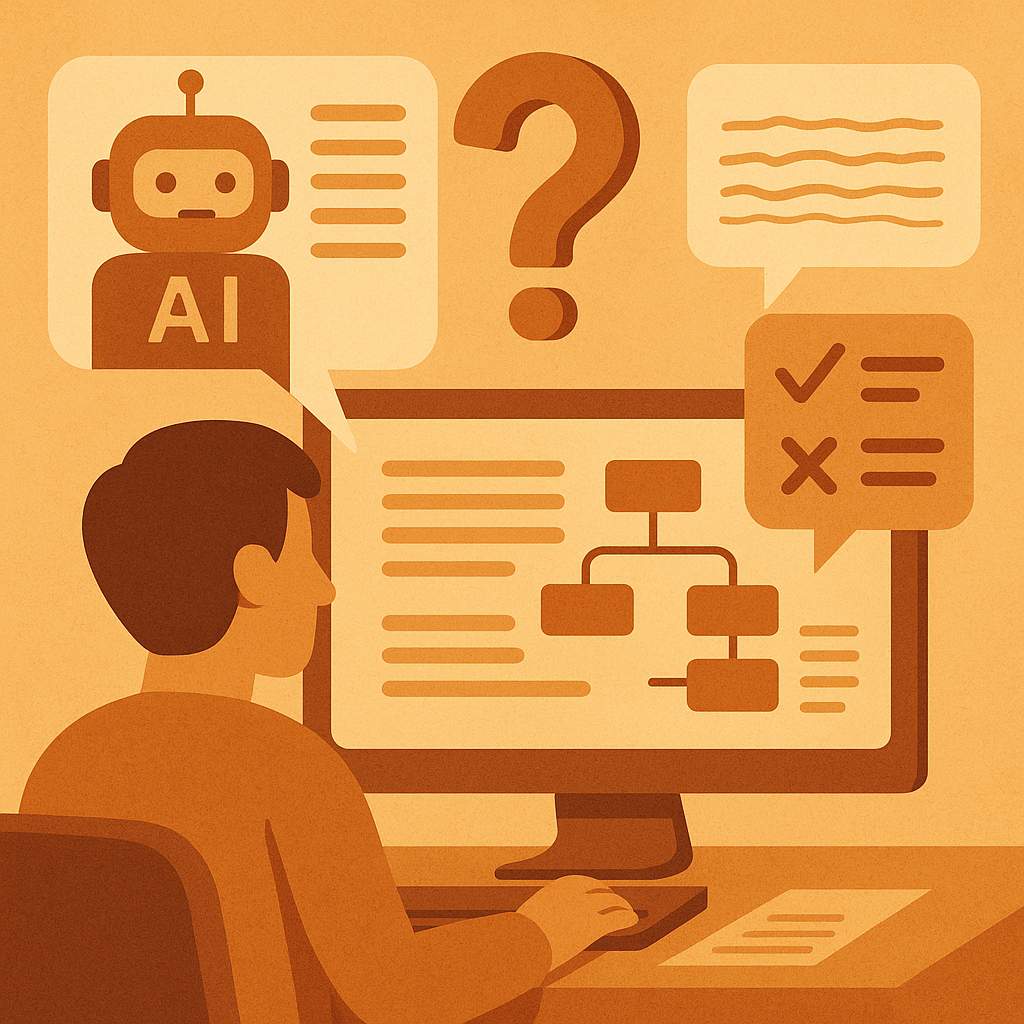AI patent drafting is fast, but it's only valuable if it's accurate. The risk? Hallucinations—AI-generated content that isn't supported by your real invention. This is a dealbreaker in IP, where even small missteps can sink an application or cause future legal trouble.
Here's how to spot, prevent, and actively block these errors—especially with InventGenie's latest anti-hallucination tech.
What Are "Hallucinations" in AI?
A hallucination is when AI confidently outputs something false, off-base, or unsubstantiated.
In patents, this means:
- Claims covering features your invention doesn't have
- Fake technical benefits or references
- "Background" or "advantages" that aren't real or provable
Hallucinations creep in when the AI guesses, stretches, or fills gaps it shouldn't—especially if you give it unclear prompts or incomplete data.
Why They're Dangerous in IP
If you file hallucinated claims, you risk:
- Quick rejection—the examiner will spot unsupported or confusing claims
- IP risk—your patent could be challenged or invalidated later
- Wasted money and lost time—fixing bad claims means starting over
Example:
An AI tool inserted a "self-healing polymer" into a claim about an adhesive bandage. It sounded innovative—but it wasn't real for that product, and almost got filed.
How InventGenie Prevents Hallucinations
Not all AI is built alike. Here's how InventGenie keeps your draft on solid ground:
1. Retrieval-Augmented Generation (RAG)
AI pulls only from your real invention notes and docs—never free-associates from its own memory.
2. Knowledge Graph Anchoring
Every technical term and relationship in your claim is mapped to a knowledge graph built from your disclosures.
- The AI can't invent a new element unless it's found in your data.
- Relationships (like "sensor connects to controller") are checked for logic and consistency.
3. Automated Validation Steps
Before you see a draft, InventGenie runs a series of validation checks:
- Claim-to-spec mapping: Every claimed element must be found in the description.
- Terminology alignment: Terms and features are matched to your actual input, not synonyms or "creative" rewrites.
- Error flagging: If the AI can't find a match in your data or knowledge graph, you get a warning and suggested fix.
4. Human-in-the-Loop Review
- You see what's AI-generated, and what's pulled directly from your input.
- Anything that looks off is flagged for manual review before you file.
- Your patent attorney or agent can use InventGenie's annotated mode to check everything line-by-line.
Context Anchoring: Proof, Not Guesswork
If you can't trace a feature or claim back to your original idea, sketches, or specs, it doesn't belong.
InventGenie makes this traceability simple—every claim is clickable back to its origin in your disclosure, so you're never left guessing.
Tools for Extra Verification
- Side-by-side input/output views
- Redline mode for new content
- Claim-to-spec "map view" (see every feature in context)
- Prior art checks (so "novel" claims aren't just hallucinations, but truly unique)
Download Our AI Patent Accuracy Checklist
Want to make double-sure?
Download our free one-page checklist—covering every validation and anti-hallucination step InventGenie uses (and what you can do manually too).
